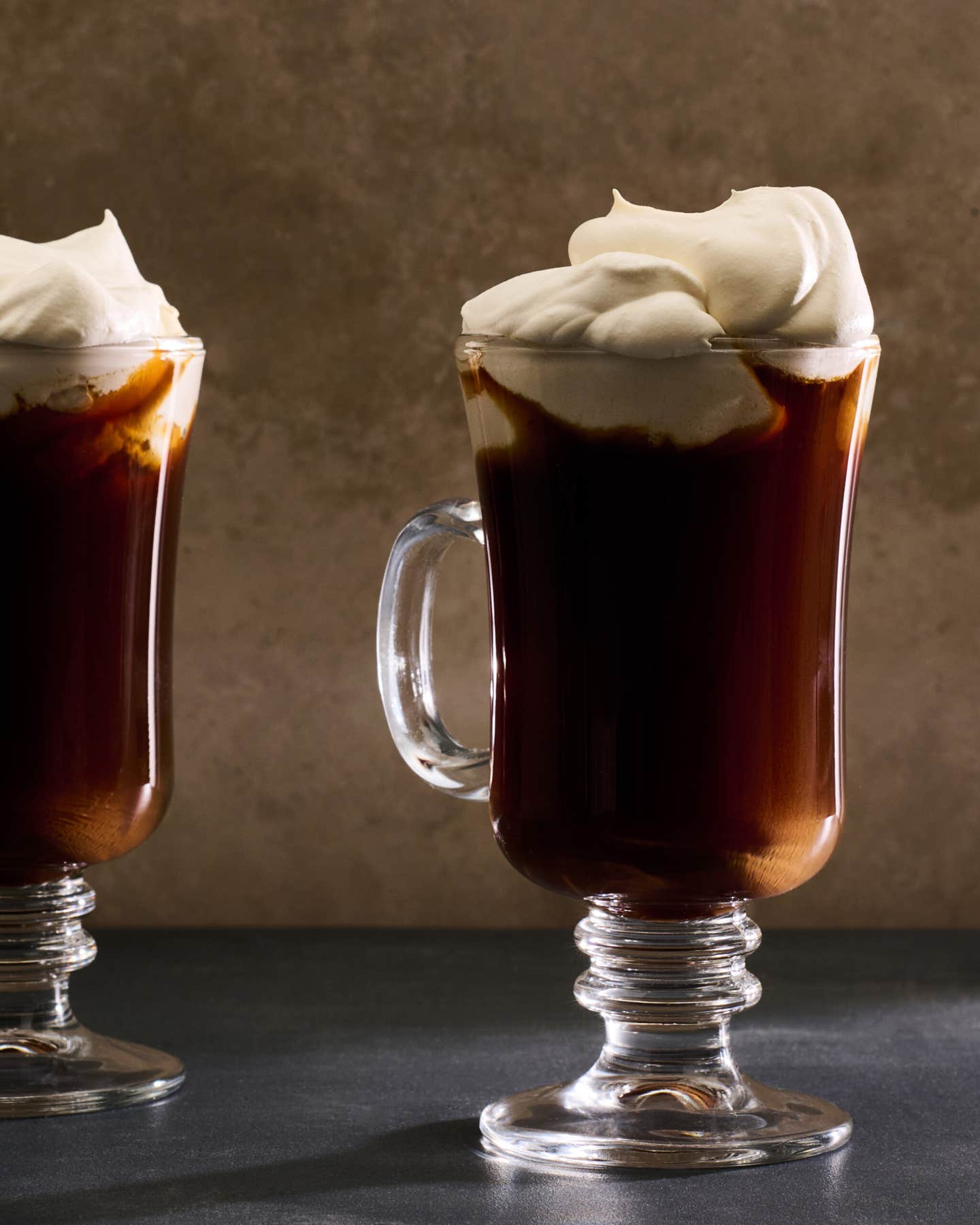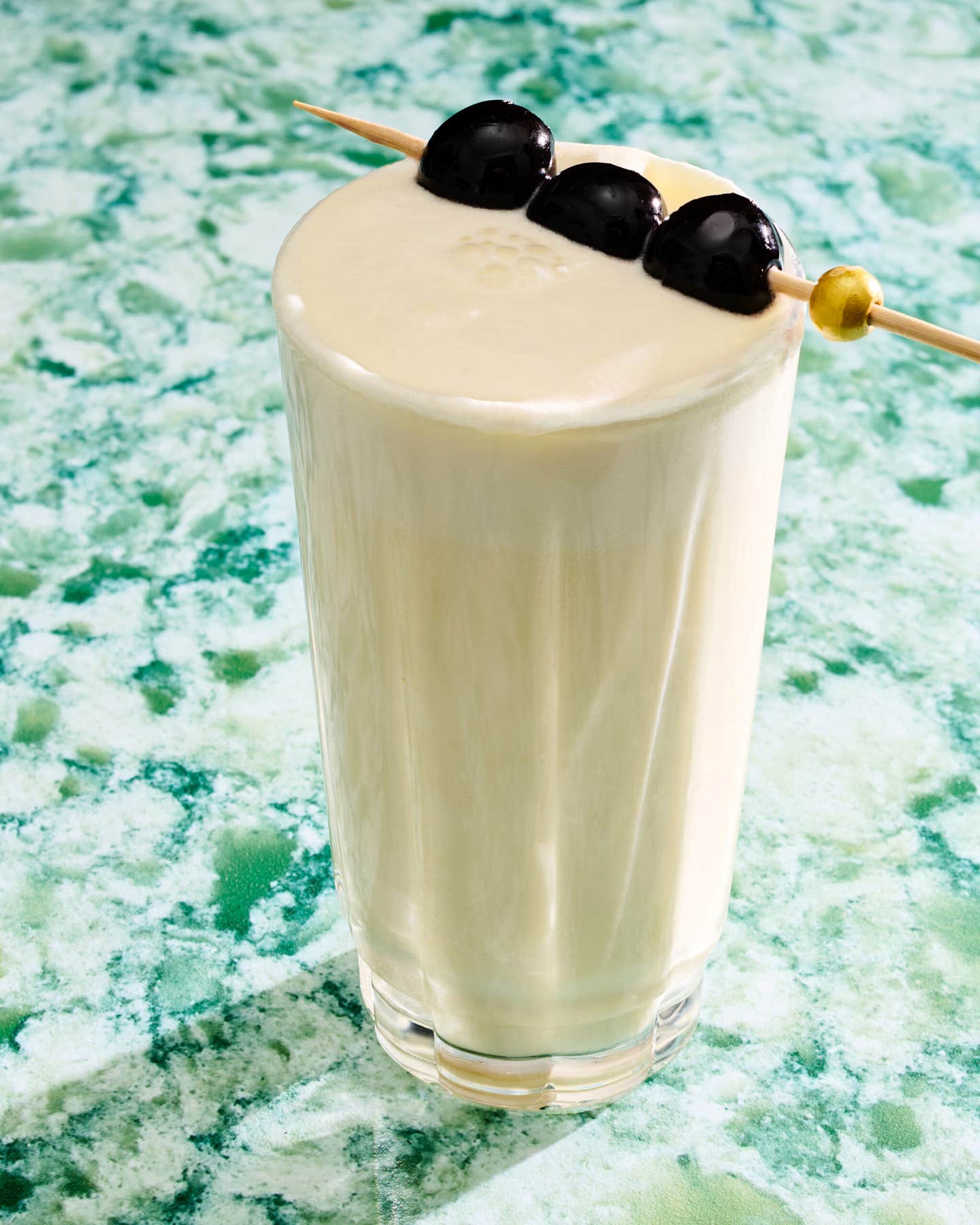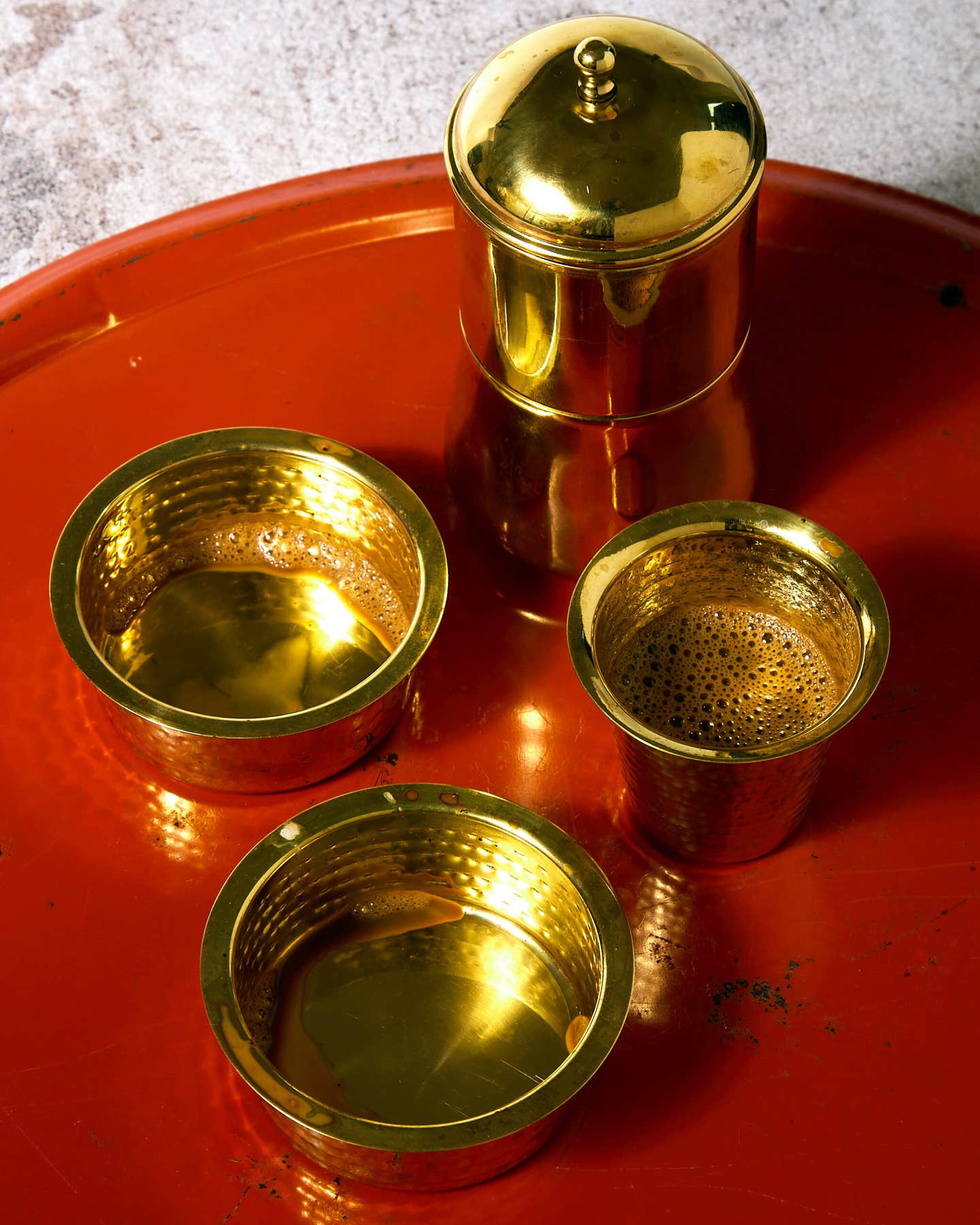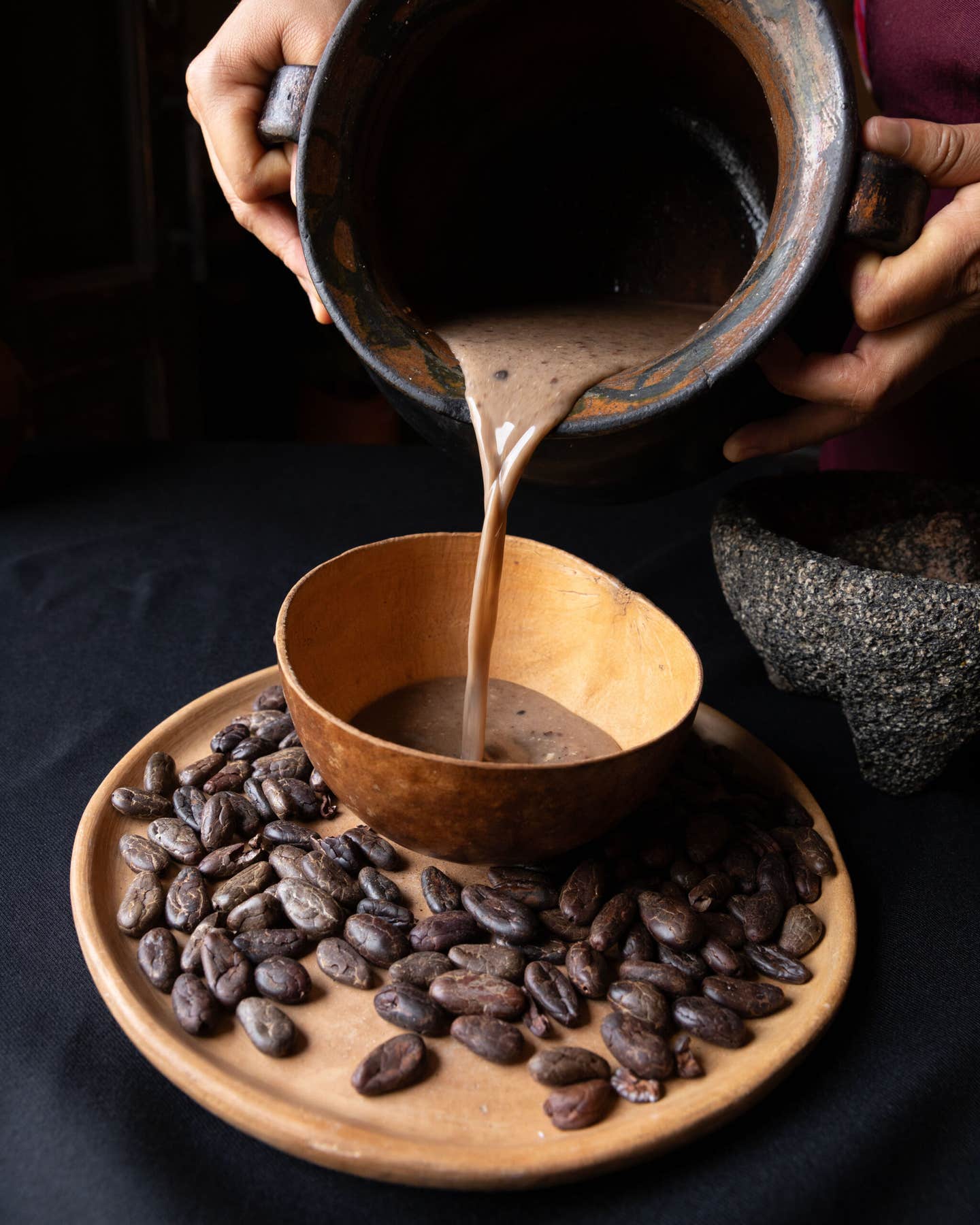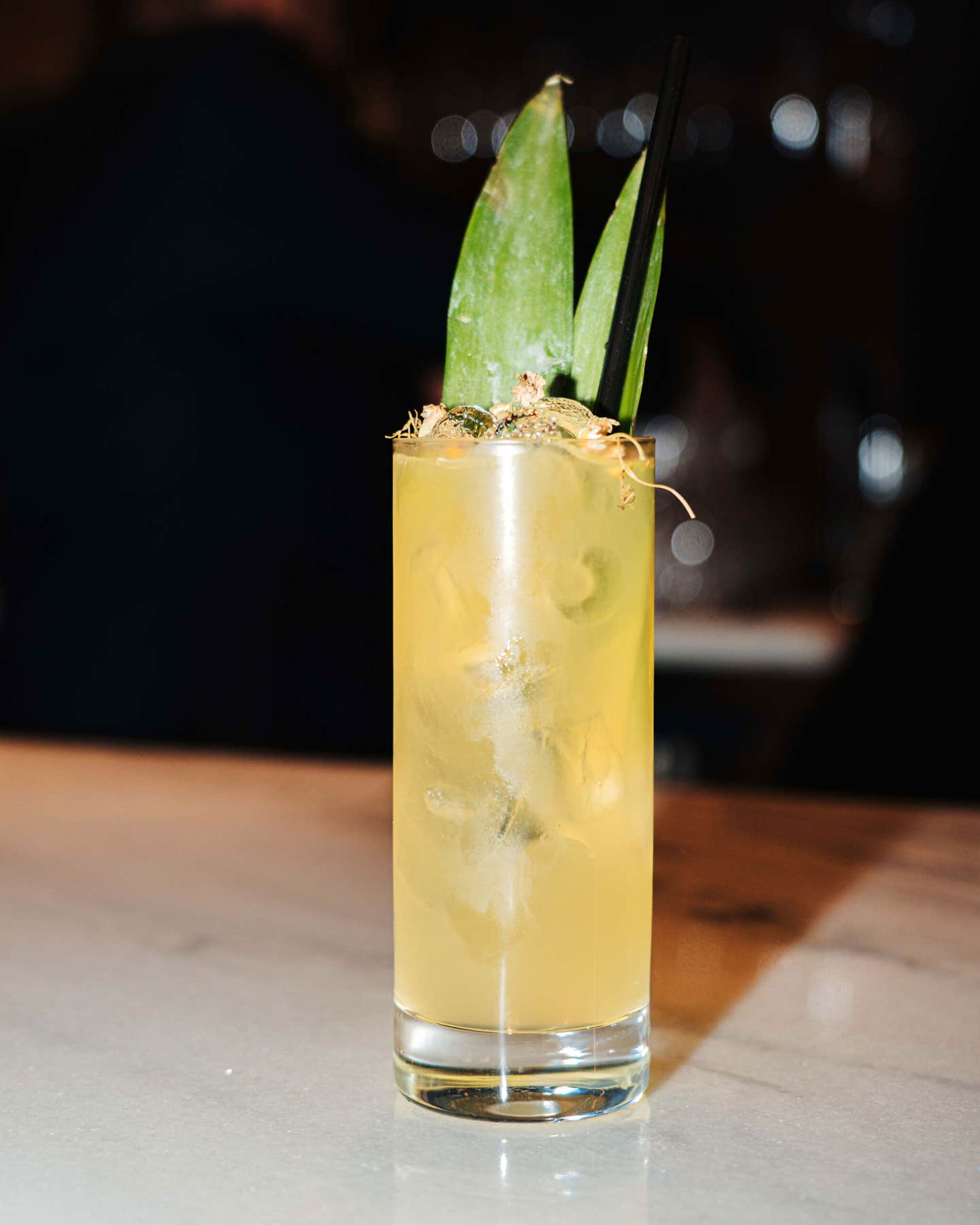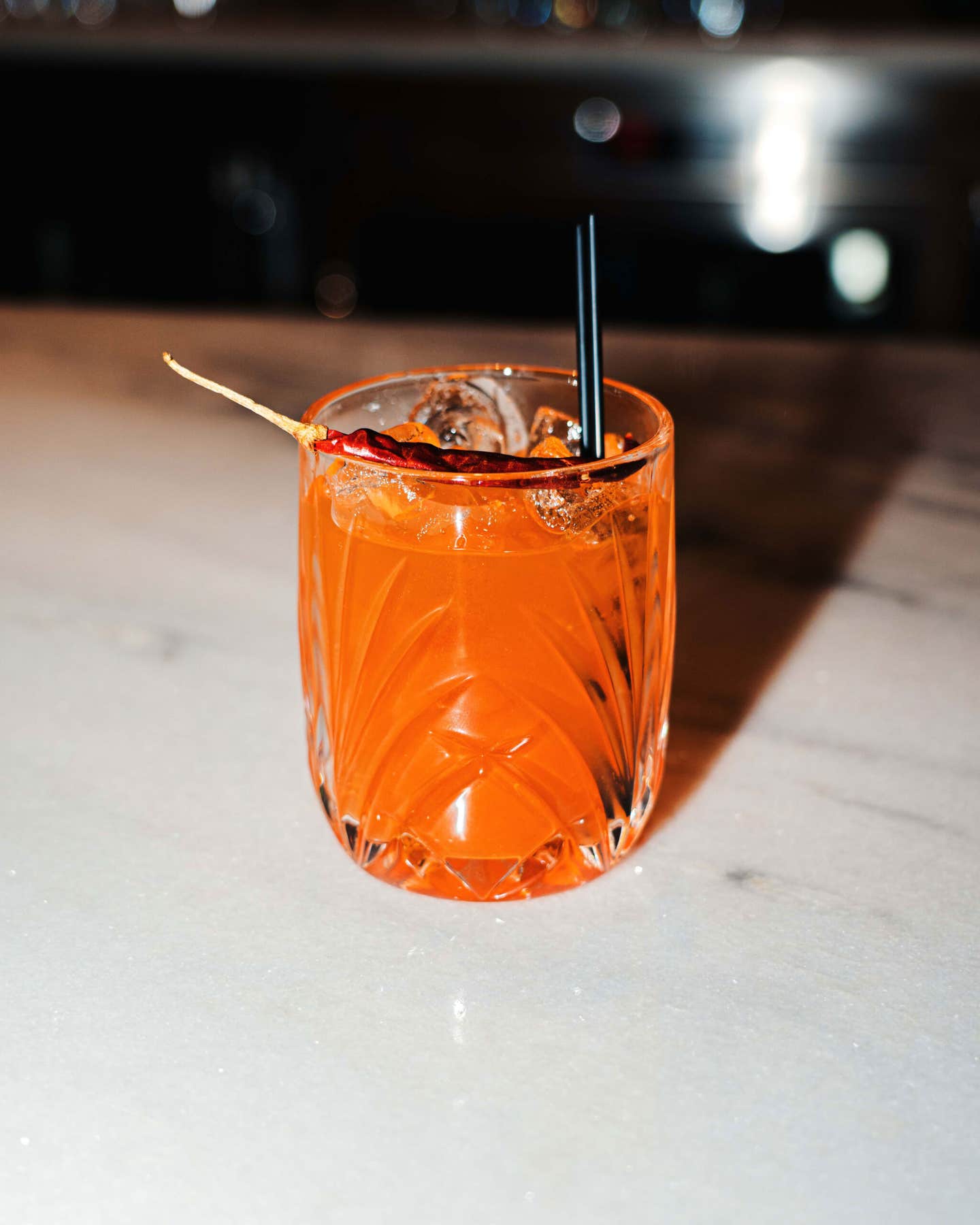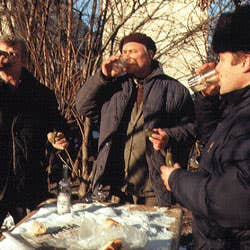
Vodka, Dear Little Water
I was initiated into the rituals of vodka drinking in 1978, during the Cold War era. In Moscow doing research on Russian poetry and Russian cuisine, and charged with delivering a letter to a friend of a friend, I found myself making my way, one winter evening, through the city's unlit streets to a crumbling apartment building. The stairwell was even darker than the street, and as I trudged up to the seventh floor, I imagined danger on every landing. I rang the bell, and the door quickly opened to reveal a squalid communal apartment. I couldn't help wondering what I had gotten myself into.
The man I'd come to see, whose name was Kolya, was friendly, but obviously embarrassed to receive me with no food prepared. As we talked, however, he swiftly put together a meal—and before long, we sat down to an improvised supper that began with pickled herring, pan-roasted potatoes with garlic, and salted wild mushrooms flavored with peppercorns and dill.
The main course was vodka. Like most Russians, Kolya was a connoisseur. Opening the inside pane of the room's double window, which looked onto the street, he withdrew several bottles from the sill and poured out shots of a clear, viscous liquid. "Za vashe zdorov'e! (To your health)," he cried, clinking glasses. And it was then that I first experienced the crystalline taste of real Russian vodka. The other bottles, to which we gradually progressed, were even more memorable. Plain vodka was followed by vodka infused with lemon rind, pale hazel-colored vodka flavored with walnut pellicles, and resinous kedrovka, flavored with the nuts of the Siberian cedar.
Surprisingly enough for someone who wears a size 4, I turned out to have a hollow leg, and a rather large one. I didn't have to empty my glass surreptitiously into my food or plead feminine weakness—two strategies that had been recommended to me by all sorts of well-intentioned people when they heard I was going to Moscow.
Apart from admonishing me to bring plenty of warm clothes and plenty of vitamins, in fact, almost everyone had agreed on two rather ominous exhortations: I was to avoid being conspicuous, lest the KGB kidnap me from the street and whisk me away to the gulag, and I had to make sure not to let the Russians drink me under the table. These two warnings were usually offered in the same breathless rush—as though young Americans were routinely given Mickey Finns by the secret police and hauled off to Siberia. Could any drink really be so covert? Possibly—at least if we are to believe the U.S. Bureau of Alcohol, Tobacco, and Fire-arms, whose official definition of vodka maintains that it is merely "neutral spirits … without distinctive character, aroma, taste, or color." In fact, having sampled many different types of vodka by now, I can assure you that vodkas can vary dramatically, and can have flavor aplenty.
Sweden's Absolut may be the most popular imported vodka in America, and the majority of the Russian-named brands sold here may be produced in the U.S. by domestic companies—but even here, the spirit remains most closely associated with Russia in our minds, and with good reason.
Though documentation is spotty, nearly all the evidence traces the original production of vodka to the Moscow region in the mid-15th century—and, whether from pride or passion, vodka has been a serious matter for Russians ever since. Even Catherine the Great understood the Russianness of vodka, sending it to favored correspondents, including Voltaire and Frederick the Great.
Its very name—which is a diminutive form of the Russian voda, or water; a literal translation would be "dear little water"—is often seen as proof of the Russians' irrevocable attraction to the drink. However, it is just as likely that the term reflects an important aspect of the spirit's traditional production: The alcoholic distillate is always diluted with water—a practice said to derive from the Byzantine tradition of mixing wine with water, following ancient Greek practice. (Until the 19th century, Russians generally referred to vodka simply as vino).
Water, in fact, is an essential component of vodka. No less a scientist than Dmitry Mendeleyev, better known to the world for his formulation of the periodic table, systematically analyzed vodka a century ago in order to determine the optimal proportions of alcohol and water that should go into its composition. Mendeleyev concluded that for perfect vodka, grain spirits should be distilled three times, then diluted with water to a proportion of 40 percent alcohol as measured by weight, not volume. The Russian government adopted Mendeleyev's formula as standard in 1894.
Russians also believe that the nature of the water itself is of vital importance. Above all, they say, it must be zhivaia—"running" or "living"—in order to impart flavor to the alcohol. Pristine water (now, sadly, increasingly scarce) from forest rivers and springs gives Russian vodka its characteristic taste, it is said—smooth yet bracing.
Vodka purists further insist that only naturally soft water, containing less than 4 mg of minerals per liter, should be used. But some mineral content is desirable: Those same purists scoff at companies that claim their vodka is made only with highly distilled water; distilled water, they know, is flat and insipid.
On a subsequent visit to Russia, late in the Cold War era, I battled Soviet red tape to infiltrate the state-owned Leningrad Vodka and Liquor Distillery—which is one of the facilities producing Stolichnaya, among other spirits. Permission was granted on the condition that a government escort accompany me. On the appointed day, an official black car with a deep red interior and white curtains screening the windows sped me away from my hotel, reminding me somehow of comic scenes full of bumbling spies in the old TV series "Get Smart."
The distillery, one of Russia's largest, looked surprisingly innocuous. Hidden behind red brick walls on an embankment overlooking the Neva River, it was nearly a century old, and, except for a state-of-the-art distillation room, hdsn't been renovated since it was built; empty vodka bottles propped the windows open for ventilation.
The distillery director, Nikolay Mikhailovich, was eager to share his knowledge of vodka with me, and we talked about the importance of just the right kind of water, Mendeleyev's study of blending proportions, and other vodka lore. We also discussed the fact that, during the early years of perestroika, Gorbachev's much-touted campaign to reduce vodka consumption had hopelessly backfired. Instead of enhancing worker productivity, the campaign caused such a sharp increase in the production of homemade vodka that sugar had to be rationed to curb the distilling of moonshine. Even the Russian candy industry was threatened.
Another side of the Russian attitude towards vodka is suggested by the fact that, once it had become obvious that their 1991 coup had failed, Mr. Yanayev and his co-conspirators are said to have holed up in their headquarters, vodka-drunk beyond reason in despair and defiance. Moscow wags commented at the time that even communism itself was ultimately soluble in alcohol.
Like other spirits, vodka can be produced from any fermentable carbohydrate—rye, wheat, potatoes, grapes, even sugar beets. In making their earliest vodka, the Russians used whatever grain was most readily available, generally rye left over from breadmaking. To this day, vodka distilled from rye—often with small amounts of other grains such as oats, barley, or buckwheat added for complexity—is considered the most authentic, even though wheat and coarse potato vodkas dominate the market.
The finest Russian vodka, in sum, is distilled primarily from rye, and contains 40 percent alcohol by weight. It is also filtered through quartz sand and birch charcoal. But a century after Mendeleyev's experiments, is this the vodka that most Russians are drinking? Nyet.
Like everything else in post-Soviet Russia, the production and consumption of vodka have drastically changed. Except for premium brands produced largely for export (the famous Stolichnaya, for instance), much of the vodka on the market is cheap and of poor quality. All sorts of new brands have appeared. I was horrified, for instance, to discover a bottle of Zhirinovsky vodka in Moscow not long ago, with that ultranationalist politician's stern face confronting me; more amusing was Clinton vodka, whose label featured a portrait of the 42nd U.S. president arrayed in full-scale cossack regalia.
Most Russians can only afford to buy domestic brands; Russia's elite, meanwhile, favors Sweden's Absolut and other imported brands. Their tastes have encouraged entrepreneurs to buy up empty bottles with fancy imported-brand labels, fill them with questionable liquids, and resell them on the open market. If consumers are lucky, this fake vodka will turn out to be simply water; if they are unlucky, it could be lethal.
The fear of adulteration causes wary Russians to seek out state-run stores, where quality is generally reliable—though it is certainly more convenient to pick up a bottle at one of the many private kiosks now dotting the cities. The same fear has also generated new vodka traditions: According to some drinkers, for instance, if the seal on a bottle of Rasputin vodka is iridescent, the vodka is genuine. Other seasoned vodka quaffers swear by the so-called swirl test, in which they shake the bottle in a circular motion and examine the bubbles to somehow determine whether the vodka has been contaminated.
No matter which vodka one buys, drinking protocol has not changed with the fall of communism. Vodka is still served well chilled, directly from the freezer (or windowsill), in small shot glasses. A toast is proposed, and the drink is downed in a single gulp, with salty food at hand. Russia's wonderful appetizers—like herring, marinated mushrooms, smoked sturgeon, and sausage—are perfect companions to vodka. Not only do they enhance the flavor of the drink, they also induce greater thirst.
Vodka making is an art, but today, in a troubled economy, the drink's essential qualities are in danger of being lost. Decades of Soviet mismanagement have caught up even with the distilleries, and although foreign investors loom on the horizon, to the historically xenophobic Russians they are hardly saviors. Vodka lovers are afraid that outsiders, with little understanding of vodka's subtleties, will create a generic product—one that may leave you breathless, but will no longer be the dear little "living" water that means so much in Russian life.
Keep Reading
Continue to Next Story



